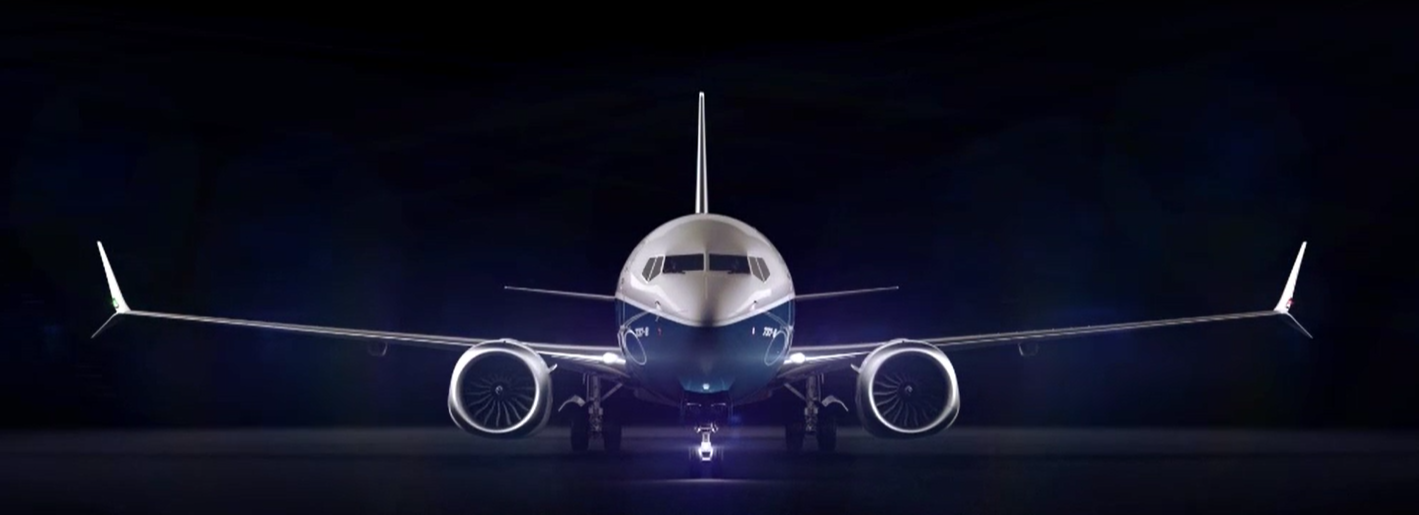
Boeing’s detailed instructions for modifying 737 MAXs as part of the FAA’s planned requirements call for more than 200 work hrs. per aircraft, with most of the effort needed for addressing non-compliant wiring.
The FAA on Aug. 6 released its draft airworthiness directive covering most of the work that MAXs must undergo before being cleared to return to service. The draft rule lists three already-issued service bulletins (SB) that will be mandated, each requiring different modifications and, in one case, a comprehensive “readiness flight” to verify the aircraft are airworthy after months of inactivity. Other requirements, including modified flight-control computer (FCC) software and new pilot training, are still being finalized.
Most of the required work has no direct link to the two fatal accidents—Lion Air Flight 610 in October 2018 and Ethiopian Airlines Flight 302 in March 2019—that led regulators to ground the fleet and Boeing to halt deliveries. Operators will spend up to 200 work hrs. per aircraft modifying wire bundles that do not meet electrical wiring interconnection system (EWIS) separation standards put in place in 2007 and applicable to the MAXs.
“A simultaneous short circuit between the [horizontal stabilizer arm], one of the [stabilizer control] signal lines, and a 28-volt direct current source, will cause uncommanded stabilizer movement, and potentially result in a stabilizer trim runaway,” Boeing explained in the service bulletin explaining the modifications. “Physical separation of Horizontal Stabilizer Arm and Control wiring implemented by these changes will ensure that uncommanded stabilizer motion and a stabilizer runaway cannot result from a single EWIS failure.”
Instructions differ slightly between the 737-8 and 737-9, but the general fix is the same. On the 737-8, it involves changing the routing of two existing bundles and installing five new ones so that separation standards are met in 12 different places. The work requires accessing the nose wheel well, forward cargo compartment, electrical and electronics compartment, and the rear fuselage area, or section 48. The new bundles add 2.6 lb. to the 737-8 and 3.2 lb. to the 737-9.
Boeing’s estimated work hours for the wiring changes vary based on the aircraft model and configuration, but range between 160-200 hrs. per aircraft—more than twice as long as the FAA’s draft-rule estimate of 79 hrs. per aircraft. The Boeing bulletin assumes most of the work will be done by four-man teams, suggesting each aircraft will require four-to-five days of work.
Another SB explains a MAX flight-deck display system (MDS) software update that changes how the MAX’s angle-of-attack (AOA) disagree alert functions. The change requires less than one hr. per aircraft.
A third SB covers an AOA sensor system test and an operational readiness flight. The AOA test should follow a MAX aircraft maintenance manual procedure added in July, the SB said. Estimated work hours for the test is 40 hrs., which Boeing breaks down into one five-person team working eight hrs.
The operational readiness flight, to be conducted after all other work is accomplished, includes “flaps retracted flight at or above 20,000 ft. Mean Sea Level,” the SB explained. System tests should begin during pre-flight, including brakes and steering, extend through the flight itself, and continue following arrival. The flight should use “normal procedures and appropriate supplementary procedures as needed,” Boeing said.
The bulletin does not specify flight conditions that would test the modified maneuvering characteristics augmentation system (MCAS) flight-control law implicated in both MAX accidents. Boeing estimated that the readiness-test process will take 50 combined working hrs., with a five-person crew working a 10-hr. stint.
Boeing released the wiring and MDS update instructions in June, and the AOA/readiness flight bulletin in July, following consolation with the FAA. Operators and Boeing have begun doing some of the required work in anticipation of the agency approving the MAX changes and clearing the model to return to revenue service sometime in the next few months. The global grounding forced airlines to park 385 in-service MAXs, and Boeing has more than 450 undelivered aircraft in storage awaiting delivery to customers.
The FAA’s draft directive’s public comment period runs until Sept. 21. The agency, which is not operating on a specific timeline, will then make necessary changes and issue a final version of the rule, incorporating the FCC software and training requirements.



Comments
They need far more engineer and inspectors clearly.